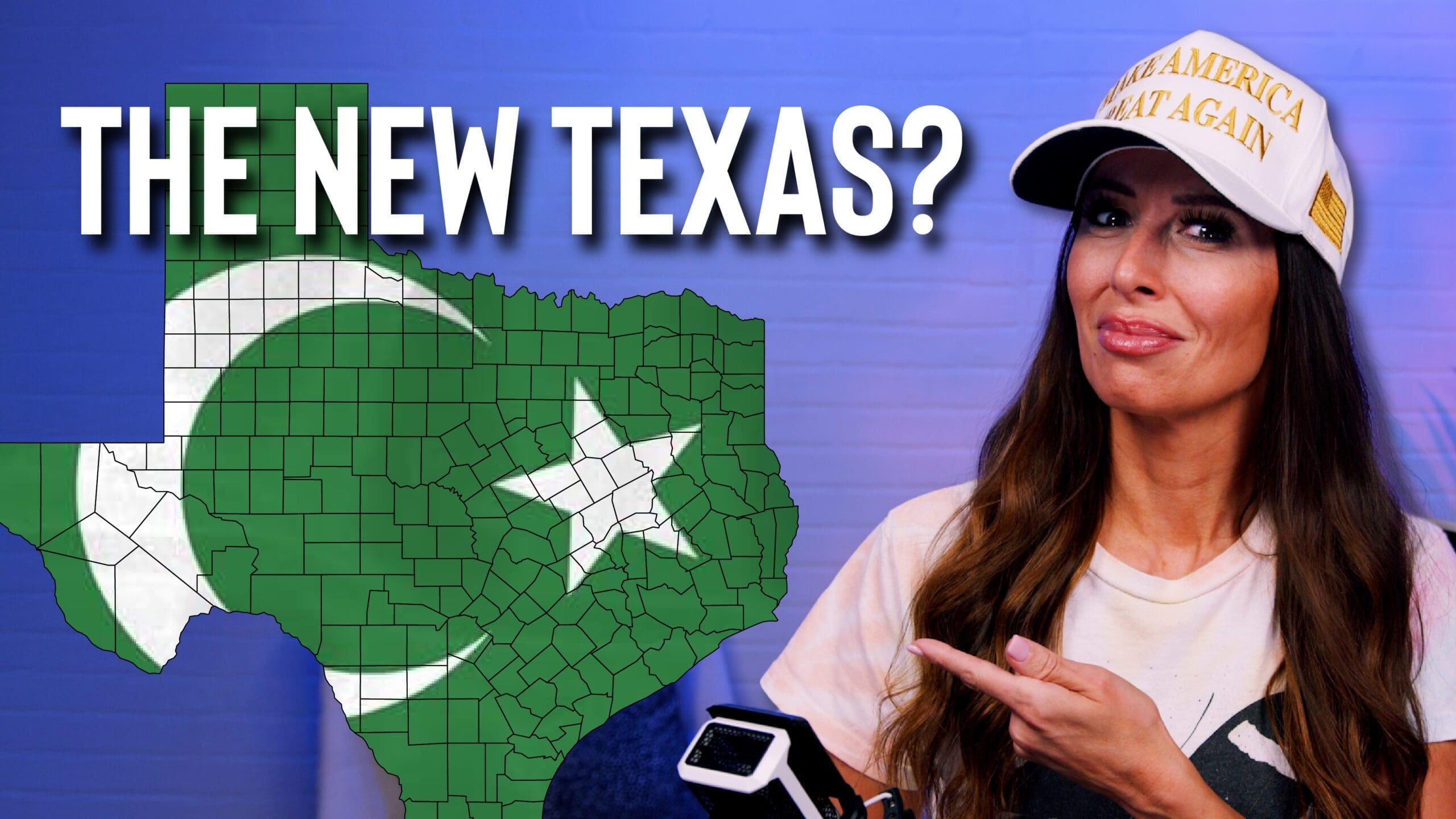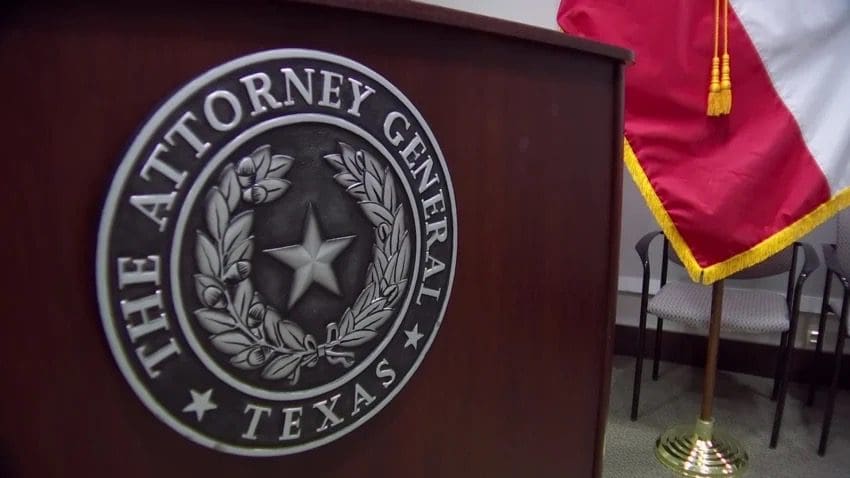A study by the Mercatus Center at George Mason University reveals that federal regulatory growth since 1980 has set the U.S. economy back by $4 trillion. Thankfully, during his first year in office, President Donald Trump’s war on regulations has resulted in the lowest number of new rules since tracking began in 1976.
The findings, which are based on data from 22 industries from 1977 through 2012, shows that regulations have served as a drag on the economy, slowing annual GDP growth by 0.8 percent. The resulting displaced $4 trillion in growth equals the entire economic output of Great Britain and Australia combined.
The authors of the study note that the accumulation of regulations over time “leads to duplicative, obsolete, conflicting, and even contradictory rules, and the multiplicity of regulatory constraints complicates and distorts the decision-making processes of firms operating in the economy.”
The responses from businesses often include the alteration of plans for research and development, expansion, and updating equipment and processes, which creates distortions in innovation and productivity.

A separate report from The Competitive Enterprise Institute puts a hefty $1.9 trillion price tag on federal regulations and intervention in 2017 alone, which, for comparison, exceeds the entire amount collected by the IRS. That’s almost $15,000 per U.S. household annually, but evidence suggests this trend might be reversing.
While campaigning, President Trump promised to eliminate two regulations for every new one added. In a May 9 online post, the White House announced its plan to continue regulatory reform with a focus on small business, emerging tech, and streamlining infrastructure, noting that “government regulations often disproportionately harm small businesses.”
Along with having the lowest rule count ever recorded, Trump’s 2017 federal register (a publication of proposed and final administrative regulations) contained just over 61,000 pages of rules, the lowest since 1993. For comparison, Obama’s record-breaking 2016 federal register clocked in at over 95,000 pages.
Additionally, the current administration has delayed or repealed more than 1,500 regulations passed by Obama. The reductions are reportedly saving $8.1 billion.

Still, experts believe that the source of the regulatory monster that’s choking off American investment and productivity is none other than Congress, in dereliction of its legislative duties.
“What deregulation meant [back then] was we altered statutes,” explains Peter Van Doren, editor of the Cato-published magazine Regulation. “Congress rewrote the laws,” he said, alluding to the underlying legislation instructing agencies to spend money and promulgate rules rather than writing the rules themselves.
President Reagan once said, “The government’s view of the economy could be summed up in a few short phrases: If it moves, tax it. If it keeps moving, regulate it. If it stops moving, subsidize it.”
If the strengthening economy is to continue its upward trend, whether by Congress or the President, the noose around the neck of entrepreneurship caused by onerous regulations must continue to be loosened.
A snapshot of Texas’ regulatory climate is provided by The Mercatus Center and can be accessed here.




